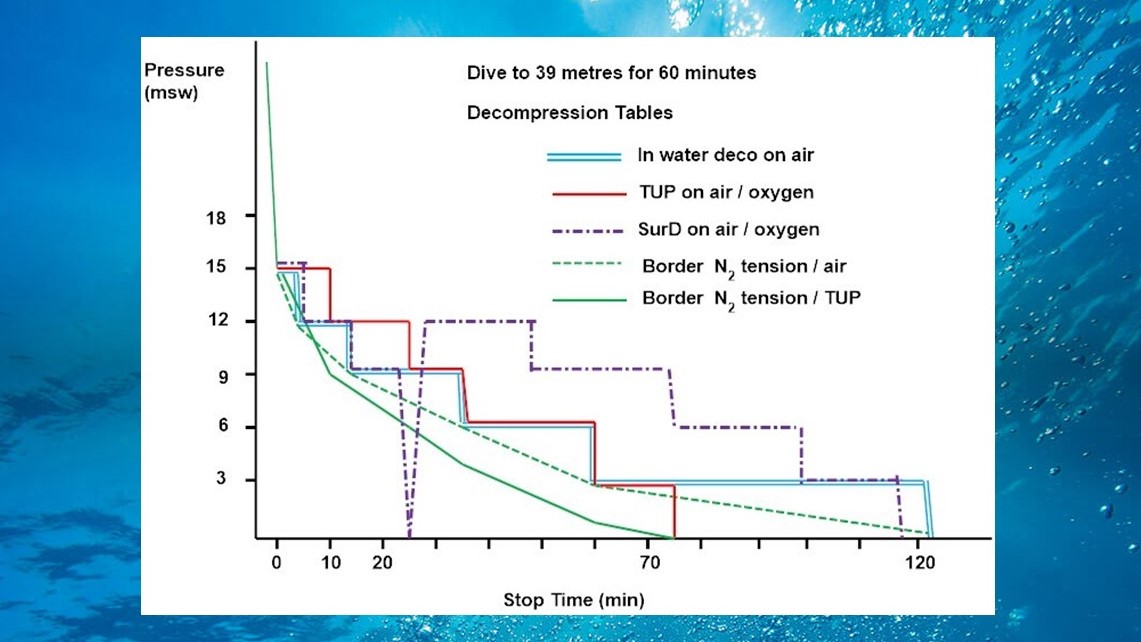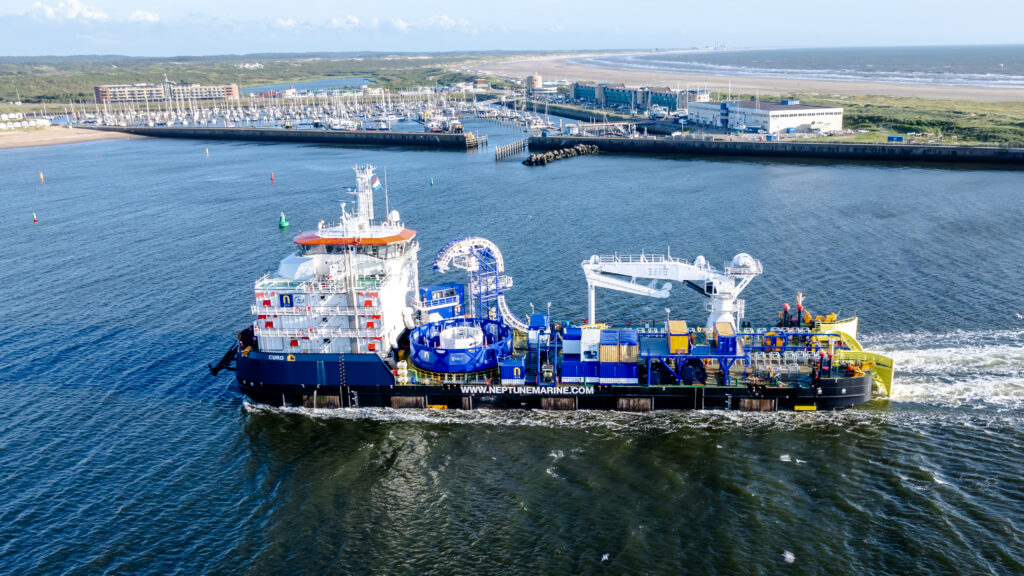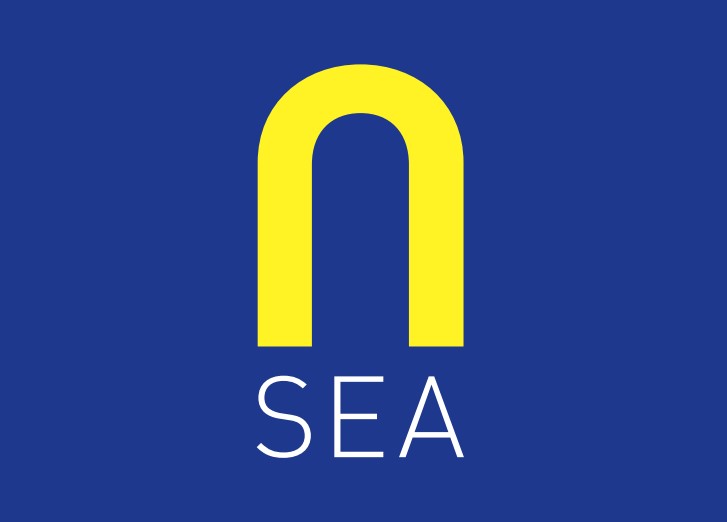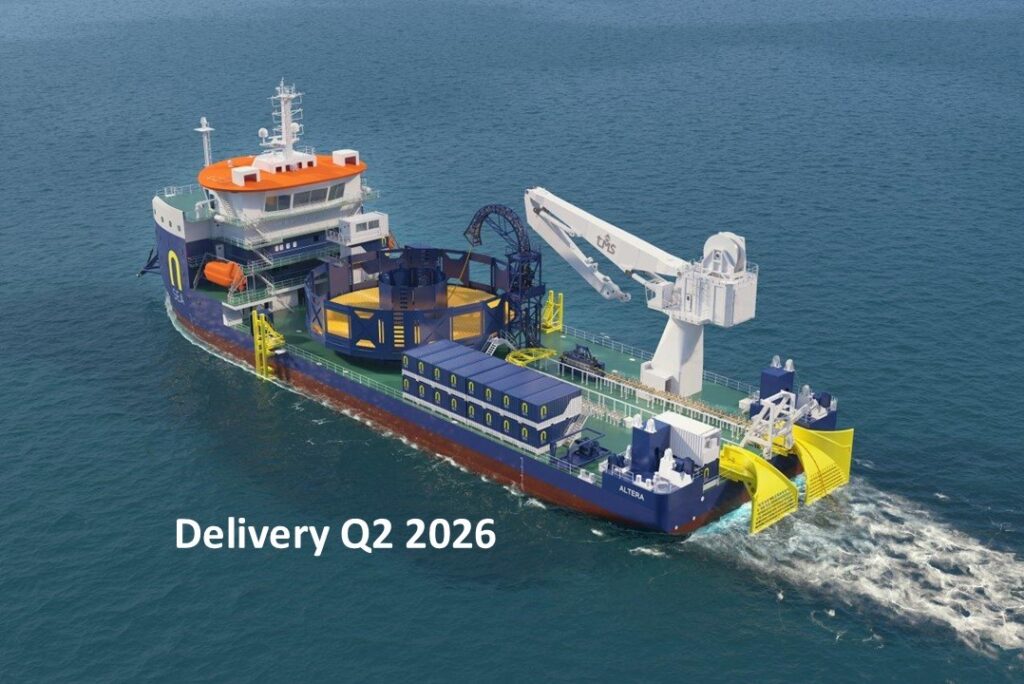TUP Diving Bulletin: Episode 4

LET’S GET SERIOUS! THE 3 SURFACE ORIENTED DIVING TECHNIQUES COMPARED IN FACTS
In episode 3 we established that TUP diving and SAT diving should not be compared other than the same equipment is used in both cases. In episode 1 & 2 we already discussed most of the differences between all surface orientated diving techniques, now, lets look at the details with the various approaches to decompression combined in a single graphical illustration.
The straightforward technique of decompression at the end of a dive contains in-water stops hanging on a rope or dive stage. This in-water decompression is hampered by a lot of negative effects such as cold temperatures, current, wave action and pressure variations at the stop depth. The result of this is a long gradual decompression profile [blue double line]. In practice, the maximum decompression time is therefore limited to about 20 minutes. The dive in this graph should of course never be planned with an in-water decompression.
Surface decompression [SurD dotted purple line] for air diving overcomes the problem of long in-water decompressions and can be used in water depths up to 50 metres, but introduces another hazard, this being the short interval at the surface before the diver returns to pressure in a deck decompression chamber (DDC). Dive time is therefore limited to prevent abundant bubble formation during this interval.
The best way forward is the use of TUP [red line], that lacks the shortcomings of the two previously mentioned surface orientated (SO) diving techniques. TUP diving using Air/Ox decompression is the best in class of all the SO techniques and a welcome alternative for SAT diving up to 50 metres. For dives between 50 and about 70 metres, the use of trimix as breathing gas enables TUP diving in this depth range, but with shorter dive times.
In the graph 2 green lines are visible;
• Green dotted = Border N2 tension when decompressing on Air in water, and
• Green continuance = Border N2 tension when decompressing on Air/Ox with TUP.
These lines mark the boundary beyond which it is likely that bubbles will form. The TUP green line, following the N2 Border for Air/Ox reduces quicker because the Air/Ox decompression is more effective than the in-water air method.
What becomes extremely clear from this graph is that SurD should, from a safety perspective, never be chosen over TUP decompression, if TUP diving is possible. During the surface interval the N2 Borders is breached significantly so bubbles will surely form. After the surface interval a considerable distance is kept between the N2 Border lines and the decompression profile. This is necessary to counteract/treat the bubbles that are formed during the surface interval and prevent them from accumulating and causing a DCI. Another thing that becomes clear is that with in-water decompression each new deco stop starts at the N2 Border whereas with the effective TUP Air/Ox decompression a comfortable distance is maintained from the N2 Border which will be a great help during omitted decompression scenarios. This will be discussed in one of the future episodes.
For any question, please contact:
N-Sea
E: info@n-sea.com
T: +31 (0)111 456 000
I: http://www.n-sea.com



